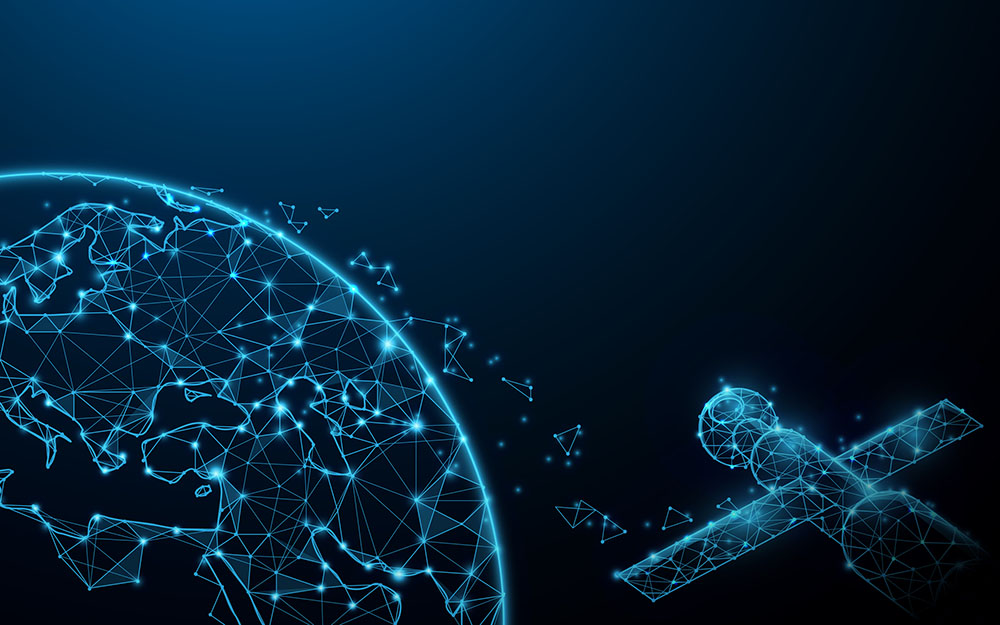About
About IEEE LEO SatS
The Low-Earth Orbit (LEO) Satellites and Systems (SatS) Project was conceived in 2020 and proposed to the IEEE Future Directions in 2021. The LEO SatS Project started its operations in March 2021.
The space sector has evolved rapidly over the past decade with the emergence of new players, driven by commercial interests and supported by private investors (start-ups/entrepreneurs). A key aspect in this emergence of new players is cheaper access to space, with various developments of reusable/low-cost launchers and small satellites. This mainly benefits LEO satellites, as seen from many recent commercial and scientific missions such as StarLink, Kuiper and many other planned mega-constellations.
 New technological developments are emerging, such as standardized launch interfaces and satellite buses and satellites are on their way to a quasi-off-the-shelf technology ready for automated mass production. LEO satellites benefit from reduced radiation effects, shorter lifetime specification, and redundancy at a system level for constellations, enabling lower reliability at a component level. This provides an opportunity to adapt/reuse terrestrial equipment, enabling cost reduction and a shorter development timescale. This also provides an opportunity for “educational” use of space, with many universities being active in CubeSat development activities.
New technological developments are emerging, such as standardized launch interfaces and satellite buses and satellites are on their way to a quasi-off-the-shelf technology ready for automated mass production. LEO satellites benefit from reduced radiation effects, shorter lifetime specification, and redundancy at a system level for constellations, enabling lower reliability at a component level. This provides an opportunity to adapt/reuse terrestrial equipment, enabling cost reduction and a shorter development timescale. This also provides an opportunity for “educational” use of space, with many universities being active in CubeSat development activities.
Consequently, LEO satellites and systems are seen as emerging disruptive technology that could impact humanity at many levels. The scope of the IEEE Future Directions LEO SatS Project is to put this emerging technology development into the focus area of IEEE Future Directions. The project aims at establishing LEO SatS as a formal initiative to engage IEEE.
Objectives
This project aims to foster technical and educational activities in LEO SatS on a global scale. The scope of the proposed activities is not to start a new space-related movement, but to coordinate and expand the existing activities with capabilities that could not be done without the help of IEEE.

